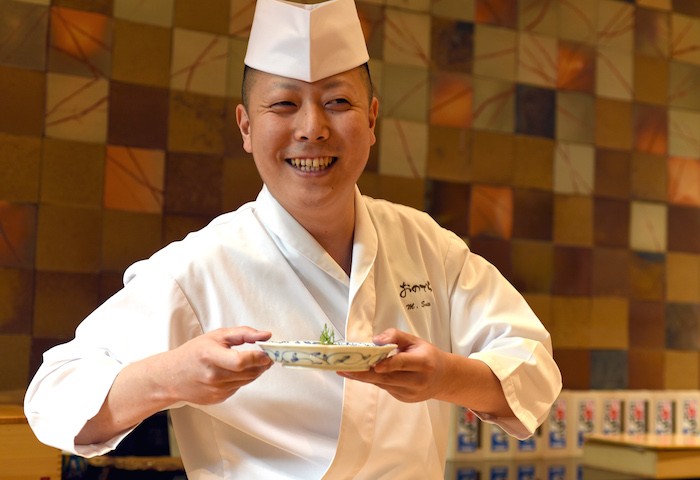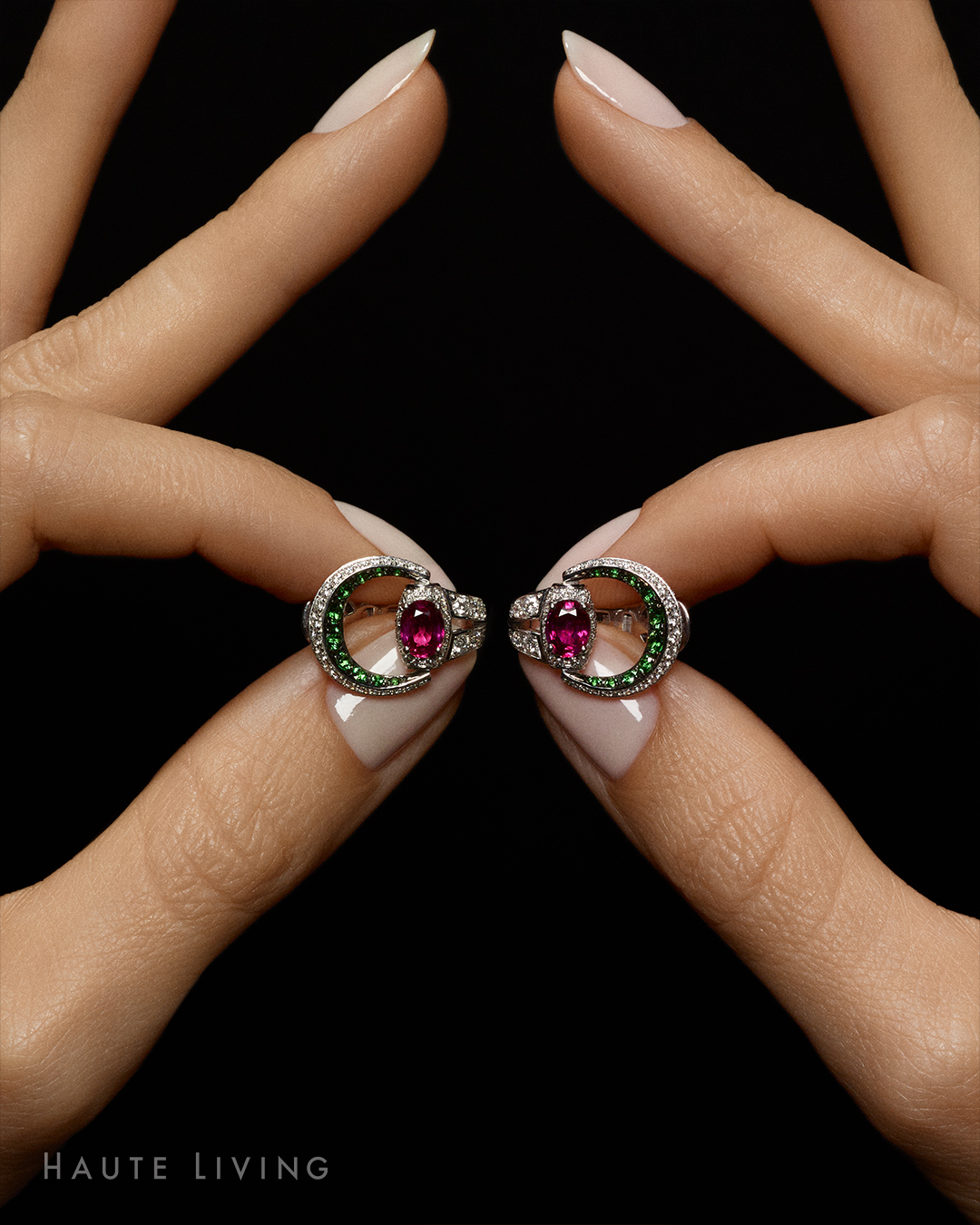5 Steps To Make Hot Sake From Michelin-Starred Chef Masaki Saito
In over a decade working as an esteemed sushi chef, Chef Masaki Saito’s career has taken him all over the world from Japan to Hong Kong to New York City. Born and raised in Hokkaido, whose waters are home to some of the best fish around the world, Saito already knew he wanted to be a sushi chef by the age of ten.
In 2013, he joined Sushi Ginza Onodera in Tokyo in preparation to launch their new Hong Kong location. He worked in Tokyo for a few months before moving to Hong Kong. Two years later, he moved to New York City to spearhead the company’s expansion to the United States in 2016.
We were fortunate enough to pick Michelin-starred Chef Masaki Saito of Sushi Ginza Onodera’s brain as he offered up his 5 tips on preparing warm sake at home. Not only is Chef Saito a 30-year-old Michelin chef, he is also a sake expert – selecting sakes for the restaurant and pairing them perfectly with the fish he serves.
Step 1: Choose the right sake
The best types of sake to heat up are “junmai” and “honjozo.” When heated, these sakes reveal a delicate, balanced flavor with spicy notes. Avoid sakes labeled “ginjo,” “junmai-ginjo,” “daiginjo” or “junmai-daiginjo” as those should be served cold. The heat will diminish their natural aromas and flavors.
Step 2: Use the right tools
To make warm sake at home, only a tokkuri (sake serving vessel – see photo below) and a large pot are needed.
Step 3: Use high heat
Steeping sake at a lower temperature for longer would make the alcohol evaporate so the key is to use high heat for a short period of time. Pour water into a large pot, enough to cover half of the tokkuri vessel and bring to a boil. Once the water is boiling, pour the junmai or honjozo sake into the tokkuri, leaving some room at the top. Place the tokkuri in the pot for 2-3 minutes, and voila!
Step 4: Find the right temperature for you
Warm sake can be enjoyed at four different temperatures: near body temperature at 95 degrees, lukewarm at 104 degrees, warm at 114 degrees or hot at 122 degrees. Chef Saito recommends trying the various temperatures to find which one you prefer.
Step 5: Pair it right
Go rich and fatty with your food! Hearty stews and fatty cuts of meat like skirt steak, New York Strip or T-Bone pair perfectly, and full-bodied cheeses like blue cheese work well too. For fish, warm sake pairs great with fatty fish available in fall and winter that have strong flavors like otoro (fatty tuna) and buri (amberjack). Traditional Japanese dishes served with warm sake are shirako (fish milt), buri daikon (simmered Japanese amberjack and white radish daikon) and oden (a traditional one pot winter stew).














